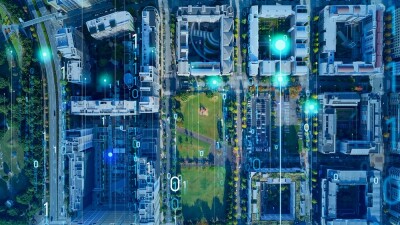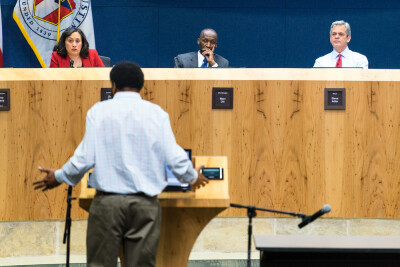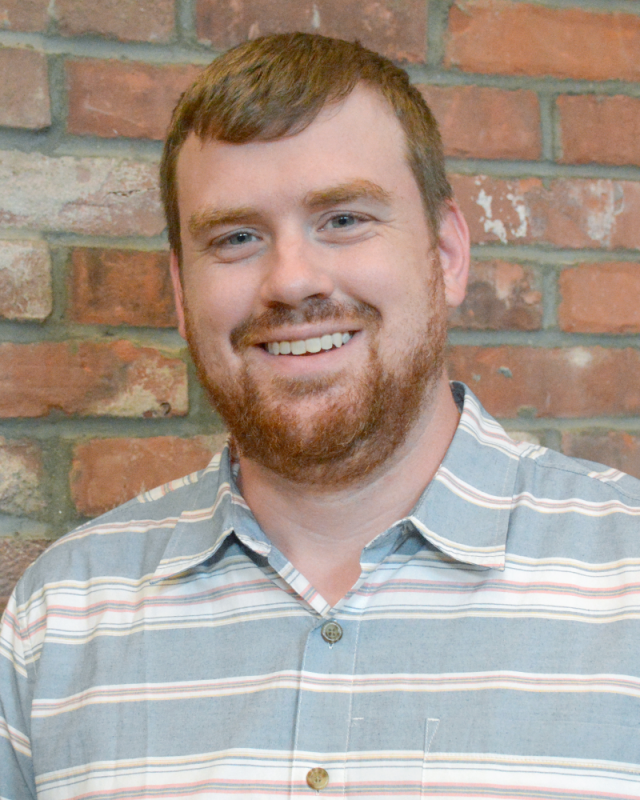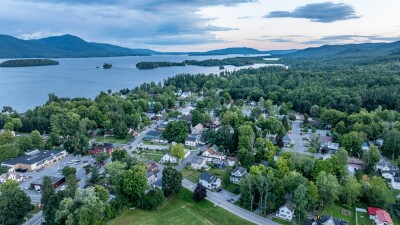While the idea of having some sort of digital representation of a given area – be it a city, county, state, or entire nation – that can be referenced for decision-making is not new, it’s only been possible and implemented over the last decade or so. Thanks to better mapping technologies, more powerful software, improved connectivity to add real-time insights, and artificial intelligence to bring everything together, large-scale digital twins are no longer the work of science fiction. In fact, these big projects were one of the major themes of Geo Week 2025, and there are undoubtedly many positives that have already come out of the tools, with more to come as the technology matures.
However, part of that maturation process includes bringing in more stakeholders and, in many cases, adding more consideration into the implementation of these urban digital twins. Farzin Lotfi-Jam, an assistant professor with Cornell’s architecture department as well as the lead of the university’s Realtime Urbanism lab, was a co-author of an article recently featured in Nature Cities entitled Critical urban informatics for urban digital twin models, and has spent a lot of time thinking about this confluence of technology and urban planning.
In a recent conversation with Geo Week News, he talked about some of the observations in the referenced article, noticing some disconnects between how urban digital twins are meant to function, and how current iterations do.
“In each of these digital twinning concepts is a concept of what a city is. And then the thing that I noticed, looking at all of these, I’m like, Oh my God, there’s no people anywhere in any of these concepts.”

To be clear from the start, it is not the position of Lotfi-Jam or the other authors of the paper that these digital twin concepts, or urban informatics more generally, should not exist. Instead, he tells Geo Week News that other considerations simply need to be made.
“Urban informatics came out of the early 2000s as a way for engineers, computer scientists, and different technical disciplines to think about the problem of a city as a space of information management,” he said. “The critical urban informatics that we’re thinking about is: we just need to add a little bit more knowledge and expertise to the problem of urban informatics.”
Lotfi-Jam pointed out a couple of fundamental problems with the idea of urban digital twins that need to be sorted out in order to maximize the value they bring to their citizens, one of which was around the origin of digital twin technology in general. Although there are some debates over where digital twins originated – some would argue NASA, others the military, others something else entirely – there’s no debate that they were originally used in controlled environments.
That’s not to say aerospace, defense, or manufacturing systems are simple, but compared to the many layers of moving pieces in a city, the complexity does not compare. Thus, bringing the same concepts from these closed environments to complex urban environments without proper care in that transition will inevitably lead to missing components, such as the socioeconomic factors that define urban living, or many of the other complexities that come from introducing large populations into the fold.
Additionally, Lotfi-Jam points out that there are currently two buckets of urban digital twin products that are being utilized, and in some ways, they contradict each other. On the one hand, there are products that are selling their technology to a number of different cities, which is great for scaling, but doesn’t work as well when we think about how different cities are across the world. On the other hand, some products can be hyper-specific to the individual cities, but scaling this kind of product is difficult. There’s no easy solution to finding that middle ground, which is another example of the complexity of cities adding complications to bringing digital twins to these urban environments.
The ultimate goal of these urban digital twins, just like any other digital twin concept, is to improve and streamline decision-making. In some ways, urban digital twins are able to do just that for very specific use cases. Lotfi-Jam talks about things like traffic control, energy optimization, street light control, and other similar use cases as things that can be reacted to in real-time. But for the most important parts of a city, it’s just not that simple. Cities move slowly; construction takes time, and bureaucracy is a given in any urban environment, removing that “instant action” piece of the digital twin.

As noted above, the goal of the paper, and the goal of Lotfi-Jam, is not to eliminate this technology entirely, but rather to expand the umbrella of those who contribute to the model. Right now, the article argues, these digital twins “focus overwhelmingly on technocratic modes of decision making, particularly in environmental monitoring and management.” The paper argues for greater participation from the public, pointing out examples where this has taken place for urban digital twins in Dublin, Ireland, and Herrenberg, Germany.
The authors of the article point to three core areas for leaders in this area to research and ensure future urban digital twins are beneficial to all stakeholders. There’s the model-human relations, talking about how citizens can be more involved in the model creation process. The model-world relation, then, focuses on how these digital twins can better reflect the complexities of cities and the citizens that reside in them. And finally, there is the model in use area, which centers on how these digital twins are being used for decision-making and governance, and how leaders can ensure they are open and participatory.
These urban digital twins are only going to grow in influence in the next few years as we get even more accessible data about cities around the world and more algorithms are written to ostensibly derive value from these AI models. Now is the time to ensure that care is taken to eliminate as many unseen biases as possible before they have major effects on the lives of citizens within these cities. For Lotfi-Jam, he says that the article is a way to encourage more people to be invited to the table.
“I think the article is an olive branch. We just want to say, we study cities and we have certain expertise. These are the things we think, and we want to be at the table with you guys and we want to collaborate on these things together.”







